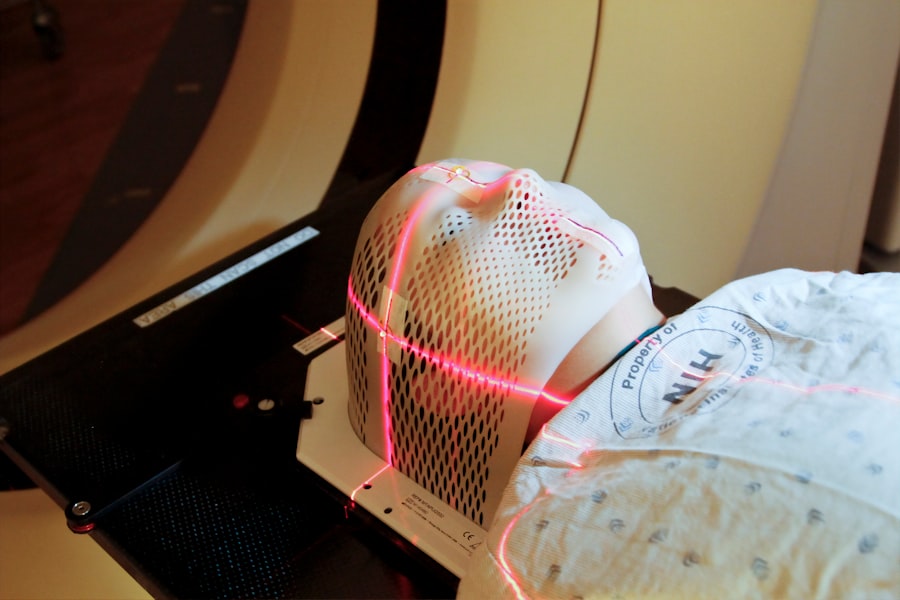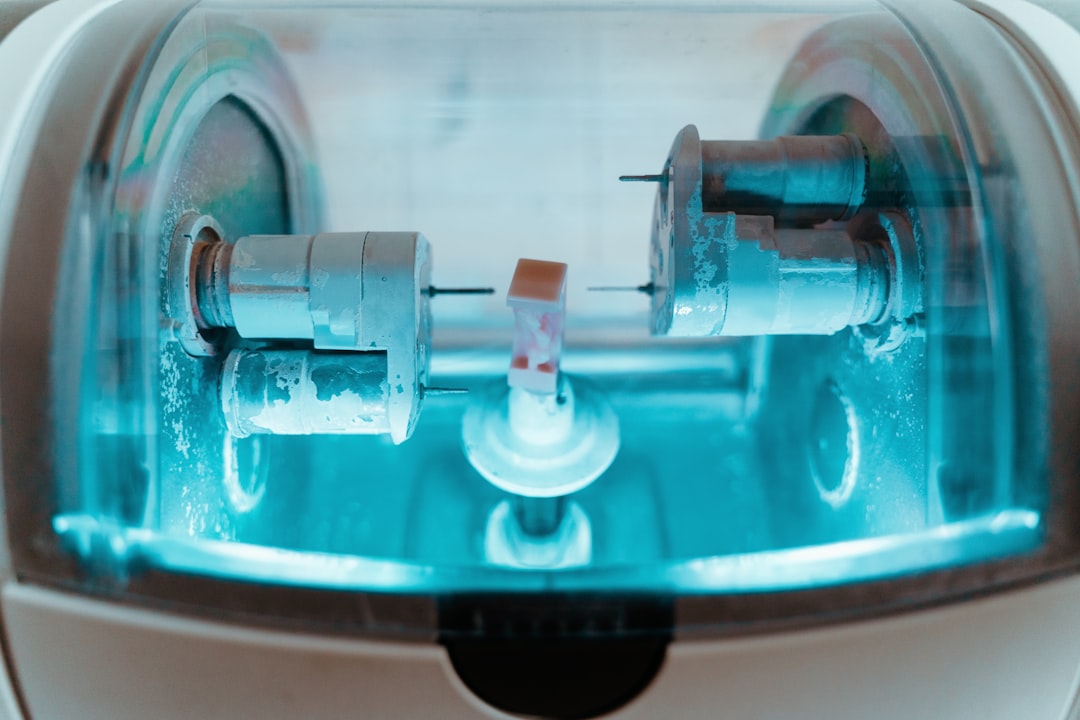Laser hair removal is a popular cosmetic procedure that uses concentrated beams of light to remove unwanted hair. The laser targets the pigment in the hair follicles, heating them up and damaging the follicle to inhibit future hair growth. This process is effective for both small and large areas of the body, including the face, legs, arms, underarms, and bikini line. It is important to note that laser hair removal is not a one-time treatment; multiple sessions are required to achieve long-lasting results.
The procedure is typically performed by a trained technician or a licensed medical professional using a handheld device that emits the laser. The duration of each session can vary depending on the size of the treatment area, with smaller areas taking just a few minutes and larger areas taking up to an hour. It is important to consult with a qualified professional to determine the number of sessions needed for optimal results based on individual hair type and skin tone. Laser hair removal is generally considered safe and effective for most people, but it may not be suitable for individuals with certain skin conditions or medical histories. It is important to discuss any concerns or medical conditions with the provider before undergoing treatment.
Key Takeaways
- Laser hair removal uses concentrated light to target and destroy hair follicles, resulting in long-term hair reduction.
- Side effects of laser hair removal may include redness, swelling, and temporary pigment changes, but these are usually mild and subside quickly.
- Safety considerations for laser hair removal include avoiding sun exposure, disclosing any medical conditions or medications to the technician, and ensuring the technician is properly trained and licensed.
- Pain during laser hair removal can be managed with numbing creams, cooling devices, or pain medication, and varies depending on the individual’s pain tolerance.
- Preparing for laser hair removal involves avoiding sun exposure, shaving the treatment area, and avoiding certain skincare products and medications that can increase sensitivity.
Side Effects of Laser Hair Removal
While laser hair removal is generally safe, there are some potential side effects that individuals should be aware of before undergoing treatment. Common side effects include temporary redness and swelling in the treated area, which typically subside within a few hours to a few days. Some individuals may also experience temporary pigment changes, such as lightening or darkening of the skin, although these changes are usually temporary and resolve on their own.
Less common side effects may include blistering, scarring, or changes in skin texture, particularly if the procedure is not performed by a qualified and experienced professional. It is important to follow all pre- and post-treatment care instructions provided by the provider to minimize the risk of side effects. Additionally, individuals with darker skin tones may be at a higher risk for pigment changes and should seek out a provider with experience in treating diverse skin types to minimize these risks.
Safety Considerations for Laser Hair Removal
Before undergoing laser hair removal, it is important to consider several safety factors to ensure a successful and safe treatment. First and foremost, individuals should seek out a reputable and experienced provider who is licensed and trained in performing laser hair removal. It is important to research the provider’s credentials, experience, and reviews from previous clients to ensure they are qualified to perform the procedure.
Additionally, individuals should disclose any medical conditions, medications, or skin sensitivities to the provider before treatment. Certain medications and medical conditions may increase the risk of complications or side effects, so it is important for the provider to have a complete understanding of the individual’s health history. It is also important to discuss any previous experiences with hair removal methods, such as waxing or electrolysis, as these may impact the effectiveness of laser hair removal.
Pain Management during Laser Hair Removal
| Aspect | Metrics |
|---|---|
| Pain Level | On a scale of 1-10, with 10 being the highest, the average reported pain level is 3-4. |
| Methods | Common pain management methods include numbing creams, cooling devices, and pain medication. |
| Duration | The discomfort during laser hair removal typically lasts for a few seconds per pulse. |
| Client Satisfaction | Approximately 90% of clients report being satisfied with the pain management techniques used during their laser hair removal sessions. |
Many individuals are concerned about the potential pain associated with laser hair removal. While some discomfort may be experienced during the procedure, most individuals describe the sensation as tolerable and liken it to a rubber band snapping against the skin. To minimize discomfort, providers may use cooling devices or topical numbing creams before the procedure. Additionally, newer laser technologies have been developed to minimize discomfort during treatment.
It is important for individuals to communicate openly with their provider about any discomfort experienced during the procedure. Providers can adjust the settings on the laser or provide additional numbing options to ensure a more comfortable experience. It is also important for individuals to follow all pre-treatment instructions provided by the provider, such as avoiding sun exposure and certain skincare products that may increase sensitivity.
Preparing for Laser Hair Removal
Before undergoing laser hair removal, there are several steps individuals can take to prepare for the procedure. First and foremost, it is important to avoid sun exposure and tanning beds in the weeks leading up to treatment. Sun exposure can increase the risk of pigment changes and skin damage during laser hair removal, so it is important to protect the skin from UV rays.
Additionally, individuals should avoid plucking, waxing, or electrolysis in the treatment area for several weeks before the procedure. These hair removal methods can disrupt the hair follicles targeted by the laser, making the treatment less effective. Shaving is typically allowed and even recommended before laser hair removal to ensure that the hair shaft is present for the laser to target.
Aftercare for Laser Hair Removal

After undergoing laser hair removal, individuals should follow specific aftercare instructions provided by their provider to ensure optimal results and minimize the risk of side effects. It is common for the treated area to be slightly red and sensitive immediately after treatment, but this typically subsides within a few hours. Providers may recommend using cold compresses or gentle skincare products to soothe the skin after treatment.
It is important to avoid sun exposure and tanning beds in the weeks following treatment to minimize the risk of pigment changes and skin damage. Additionally, individuals should avoid using harsh skincare products or exfoliants in the treated area for a period of time specified by their provider. It is important to follow all aftercare instructions provided by the provider to ensure a smooth recovery and optimal results.
Long-term Results and Considerations
Laser hair removal offers long-term reduction in hair growth for many individuals, with some experiencing permanent hair loss after completing a series of treatments. However, it is important to note that results can vary depending on individual factors such as hair type, skin tone, and hormonal changes. Some individuals may require maintenance treatments to sustain long-term results.
It is also important to manage expectations regarding the results of laser hair removal. While many individuals experience significant reduction in hair growth, complete hair removal may not be achievable for everyone. It is important to discuss realistic expectations with the provider before undergoing treatment.
In conclusion, laser hair removal is a safe and effective option for long-term reduction in unwanted hair growth. By understanding the procedure, potential side effects, safety considerations, pain management techniques, preparation steps, aftercare instructions, and long-term results, individuals can make informed decisions about whether laser hair removal is right for them. It is important to consult with a qualified provider to discuss individual concerns and develop a personalized treatment plan for optimal results.
Laser hair removal is a popular method for achieving smooth, hair-free skin, but it’s important to consider the potential side effects and safety concerns. In a recent article on inlaserhairremoval.com, the author delves into the topic of laser hair removal side effects, addressing common questions such as whether the procedure is safe and if it is painful. The article also explores the number of sessions required for different areas of the body and how laser hair removal can help prevent folliculitis. If you’re considering laser hair removal, this insightful piece provides valuable information to help you make an informed decision.
FAQs
What are the common side effects of laser hair removal?
Some common side effects of laser hair removal include redness, swelling, and temporary skin irritation. In some cases, patients may also experience changes in skin pigmentation or blistering.
Is laser hair removal safe?
Laser hair removal is generally considered safe when performed by a qualified and experienced professional. However, there are potential risks and side effects associated with the treatment, so it’s important to discuss these with a healthcare provider before undergoing the procedure.
Is laser hair removal painful?
Laser hair removal can cause some discomfort, with many patients describing the sensation as similar to a rubber band snapping against the skin. However, the level of pain can vary depending on the individual’s pain tolerance and the area being treated.
Are there any long-term side effects of laser hair removal?
In some cases, long-term side effects of laser hair removal may include changes in skin pigmentation, scarring, or burns. It’s important to discuss the potential risks and benefits of the treatment with a healthcare provider before undergoing the procedure.
Can laser hair removal cause skin damage?
While laser hair removal is generally safe, there is a risk of skin damage if the procedure is not performed correctly. This can include burns, blistering, and changes in skin pigmentation. It’s important to choose a qualified and experienced professional to minimize the risk of skin damage.






